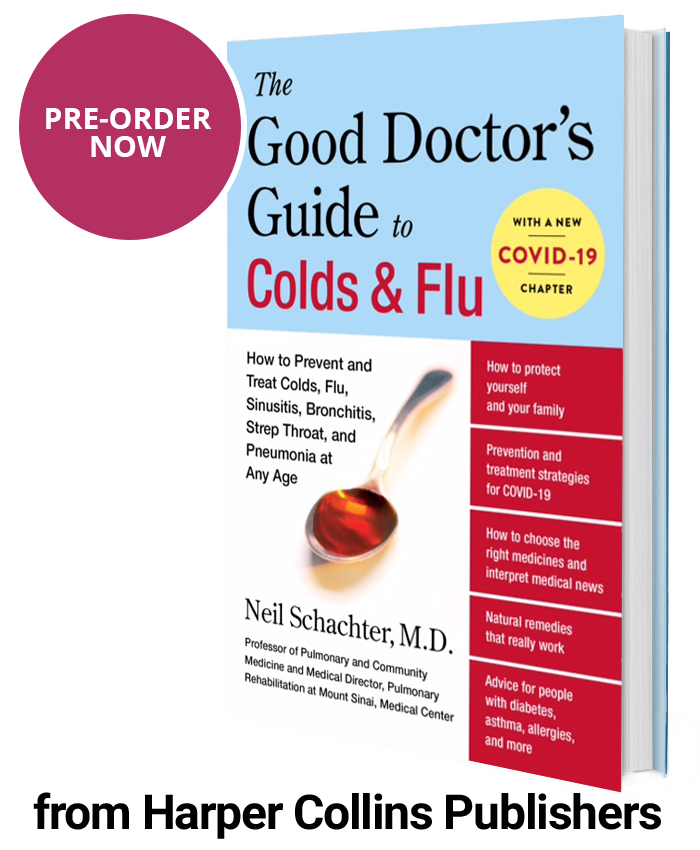What Causes an Allergic Reaction?
An allergy is an overreaction of the body to a substance it identifies as threatening. Allergy-causing substances are generally not naturally found in the body. Therefore, the body simply recognizes that a foreign compound is present and that it must rally its defenses. This reaction can occur within seconds or minutes of the substance coming into contact with a sensitive individual. The allergen can be introduced to your body via injection (e.g., penicillin, insect bite), eaten (e.g., strawberries), or inhaled (e.g., pollen).
The type of reaction will often be related to the way the allergen is introduced to your body. Allergens that are injected often cause the most severe, life-threatening allergic reactions. Symptoms include rapid heartbeat, kidney failure, and shock. Airborne allergens can cause sinus problems, asthmatic episodes, and watery eyes. Food allergens can cause digestive upsets such as nausea or diarrhea.
Understanding an Allergic Reaction
Allergens stimulate the body to produce antibodies, those body chemicals are specifically designed to repel future invasions of the same foreign substance. In allergic individuals, a specific antibody, IgE, is stimulated. These antibodies can become attached to specialized cells such as mast cells. When enough cell-bound IgE antibodies build-up, they combine with allergens. The combination signals IgE-coated cells in the body to produce histamines, chemically active compounds that provoke widespread changes in the body that produce stomach upsets, breathing difficulties, and skin inflammation.
One in five Americans (50 million) has some degree of allergies. About 75% of allergies are due to inhaled substances. While it is possible to be allergic to practically anything, the most common allergens are pets, dust mites, molds, and pollen from trees, grasses, and flowers. Pet allergies causing sneezing and wheezing from cats occur in 10 million Americans.
Allergies to inhaled agents include Allergic Rhinitis. Classic symptoms include sneezing, increased mucus, exhaustion, and swollen eyes with dark shadows. Seasonal Allergic Rhinitis (also known as Hay Fever) is caused by a reaction to plants that grow at specific times of the year. Each season has its own unique types of airborne allergies. In the summer, problems arise from weeds, flowers, and grasses. In the fall, it’s weeds like ragweed. Over spring and fall, hay fever is often due to mold spores. Other allergens are present throughout the year, including dust mites, mold spores, dust, and pets. In fact, 10% of Americans are allergic to the dander, urine, fur, and saliva from cats.
Determining Your Allergy Triggers
The best way to avoid allergy symptoms is to avoid the offender. In order to avoid the offender, you must first identify the cause of the symptoms. Start by keeping a record of symptoms. In your calendar note the time and place when you get congested. If you wake up with a stuffy nose, it is likely that the dust mites in your bedding are behind your symptoms. If you start sneezing when you work in your garden in the spring, pollen from weeds and flowers could be the trigger.
To confirm allergy culprits, an allergist can do skin tests to isolate the causes of symptoms. The allergist lightly scratches the surface of the skin and places extracts of known allergens such as cat dander or ragweed pollen on specific skin sites on the back or arm. The skin will become reddened and itchy in the areas which had a positive allergic reaction.

